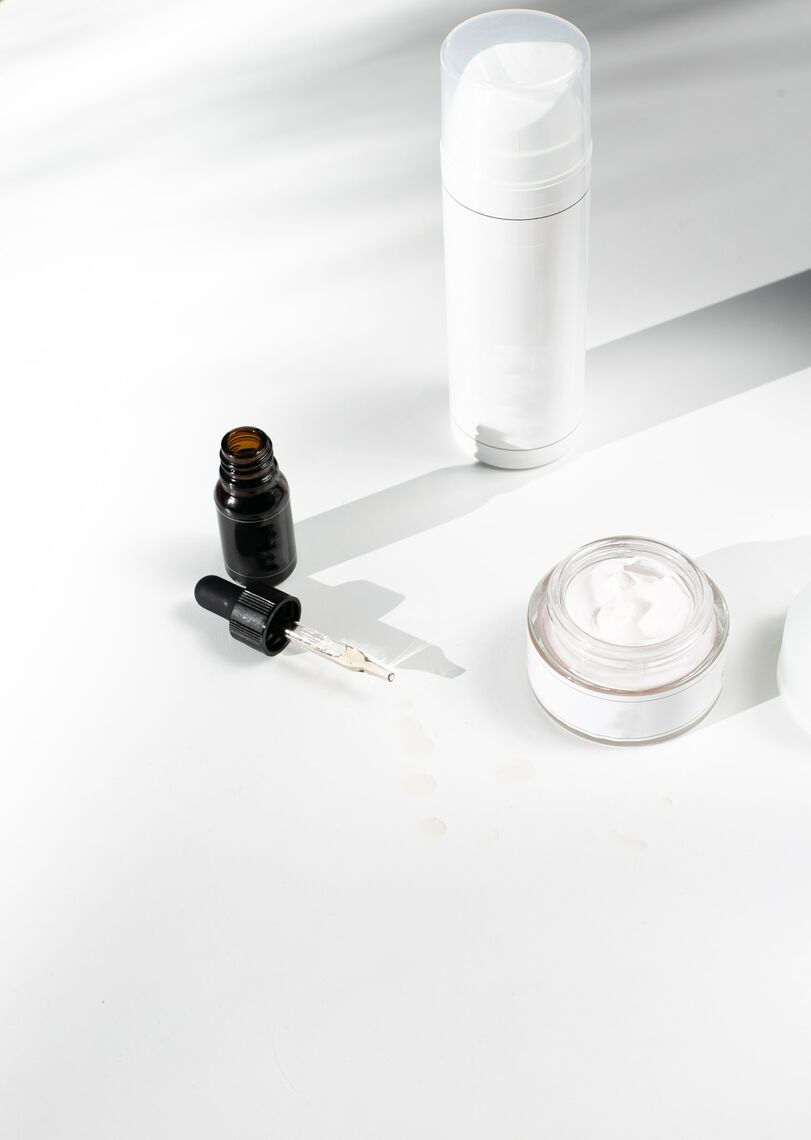How To Ship Cosmetics to the EU and UK
Compared to the EU, the US is a very lenient regulatory environment. Here are three key distinctions between the US and the EU markets.
- Prohibited and restricted ingredients: The US only has 9 banned or restricted chemicals while the EU has 1,653 chemicals that are actively banned and 315 that are restricted by use and concentration.
- Product testing: The US doesn’t require cosmetics to be tested for safety while the EU requires ingredients to be tested by an approved lab.
- Recalls: The US Food and Drug Administration (FDA) can only ask manufacturers to recall a product while the EU has a much tougher market vigilance program to remove unsafe products form the market.
What Do Cosmetic Companies Need to Do?
Sellers shipping to the EU and UK face especially stringent regulations. As a starting point, remember that each country might have unique requirements on top of what is mandated by the EU regulations. It is worth noting that getting a cosmetic product to comply with these requirements and approved is a lengthy process, and from start to finish can take between 4 to 9 months. Luckily, certain agencies and regulatory consulting companies exist specifically to make the process easier and will help take care of these requirements.
Which Regulation Governs?
If you are a US cosmetic brand owner trying to ship products to a customer in any of these three places, these are the regulations that would govern.
| US | UK | EU |
|---|---|---|
|
Safe Cosmetics Act and Fair Packaging and Labeling Act · State-specific · Requires supply chain transparency · Products cannot be adulterated or misbranded · Labeling must comply with the Cosmetic Labeling Guide · Packaging must show product information and warnings |
EC No. 1223/2009 · Appoint a “responsible person” · Submit product information file and safety assessment · Follow all good manufacturing practices · File product details on UK notification portal · Follow steps to have labels and packaging approved · Ensure proper materials are used |
EC No. 1223/2009 · Appoint a “responsible person” · Submit product information file and safety assessment · Follow all good manufacturing practices · File product details on EU notification portal · Follow steps to have labels and packaging approved · Ensure proper materials are used |
Create and Maintain a Product Information File
The product information file should describe the cosmetic product, include a safety report and manufacturing compliance report, show proof of any effect claimed, and provide background testing details if animal testing was involved in its creation.
Cosmetics Product Notification Portal Requirements
Cosmetics manufacturers shipping to the EU or UK must notify regulatory authorities of their intent to place products on the market. This notification includes submitting contact information about the product and company that made it, identifying any chemicals, nanomaterials, or known carcinogens, and sending samples of the labels and packaging artwork.
Check Ingredients
There are hundreds of chemicals that are banned, so it is well worth checking any potential product against the EU list of forbidden ingredients. Some companies even perform formula checks that cost approximately Eur 150 that will give cosmetics companies the peace of mind that their products have appropriate ingredients to be shipped to the EU/UK.
UK-Specific Requirements
Please note that in light of Brexit, companies that wish to ship to the UK must comply with three new dates. Products that already exist on the UK market that fulfilled their EU notification requirement prior to January 1, 2021, have until March 31, 2021, to notify their cosmetic products using the UK portal. New products on the market after January 1, 2021, must be notified on the UK portal before they can be placed on the UK market. Finally, a UK responsible person must be identified, and all cosmetic products must refer to them by December 31, 2022.
Labeling
As a general matter, labeling requirements for cosmetics sold in the EU must show the cosmetic function, the size of the product, the point of contact, and a list of ingredients. The EU requires that all ingredients be listed by their International Nomenclature of Cosmetic Ingredients (INCI) name, which helps consumers know the ingredients of their cosmetics by removing language barriers. However, some EU countries also require other product information to be translated into the country’s spoken languages. This means that countries like Belgium that have three official languages would require the product function (shampoo, deodorant, etc.), composition, and warnings to be translated into Dutch, French, and German.
What Are the Next Steps for a Cosmetic Company That Wants to Ship to the UK/EU?
It can be overwhelming to sort through the myriad of regulations yourself. We are here to help. We would welcome an exploratory call to understand your international expansion goals and recommend a go-to-market approach. If you don’t have internal compliance resources or simply want a second opinion, we have partnerships with some of the top cosmetics regulatory consultants that focus on the European market. These trusted advisors can help you enter the UK and EU markets and ensure that you keep access to your global customers.




